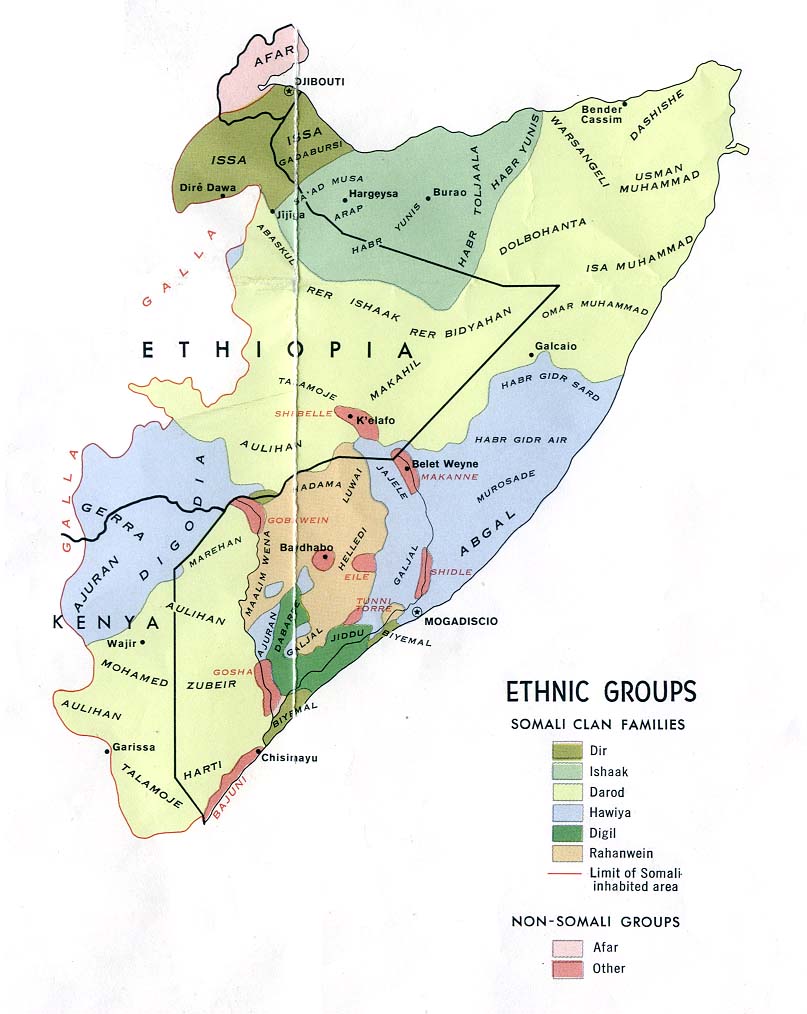Nonsense, the social oppression of these groups goes back for hundreds of years and has nothing to do with diaspora Somalis.
There is no evidence for that. All the outliers in genetic studies from Somalia move in the direction of Bantu populations. If you don't believe me, ask
@EDsomali for comfirmation.
Only in NFD (not Somalia), have I seen legitimate evidence of Nilotes (mainly Maasai/Samburu types, not even Dinka types) being enslaved by Somalis, but then again this is not Somalia. Most Somali Bantus also look nothing like Samburus, so I doubt this is their primary origin.
Nilotic or Southwest Ethiopian populations were not brought to Somalia in large numbers. 95% of the enslaved Sub-Saharan groups came from the Bantu areas of Tanzania/Malawi/Mozambique.
The Omani/Zanzibari slave trade from Tanzania, Mozambique, etc. came after 1800. The slave sources prior to that time were largely in Ethiopia.
https://en.wikipedia.org/wiki/Slavery_in_Ethiopia
'The
Indian Ocean slave trade was multi-directional and changed over time. To meet the demand for menial labor, slaves sold to
Muslim slave traders by local slave raiders, Ethiopian chiefs and kings from the interior, were sold over the centuries to customers in
Egypt, the
Arabian peninsula, the
Persian Gulf,
India, the
Far East, the
Indian Ocean islands,
Somalia and Ethiopia.
[44]
During the second half of the 19th century and early 20th century, slaves shipped from Ethiopia had a high demand in the markets of the Arabian peninsula and elsewhere in the
Middle East. They were mostly domestic servants, though some served as agricultural labourers, or as water carriers, herdsmen, seamen, camel drivers, porters, washerwomen, masons, shop assistants and cooks. The most fortunate of the men worked as the officials or bodyguards of the ruler and emirs, or as business managers for rich merchants. They enjoyed significant personal freedom and occasionally held slaves of their own. Besides
Javanese and
Chinese girls brought in from the Far East, young Ethiopian females were among the most valued concubines. The most beautiful ones often enjoyed a wealthy lifestyle, and became mistresses of the elite or even mothers to rulers.
[45] The principal sources of these slaves, all of whom passed through Matamma,
Massawa and
Tadjoura on the Red Sea, were the southwestern parts of Ethiopia, in the Oromo and
Sidama country.
[3]
The most important outlet for Ethiopian slaves was undoubtedly Massawa. Trade routes from
Gondar, located in the Ethiopian Highlands led to Massawa via
Adwa. Slave drivers from Gondar took 100-200 slaves in a single trip to Massawa, the majority of whom were female.
[3]
A small number of
eunuchs were also acquired by the slave traders in the southern parts of Ethiopia.
[46] Mainly consisting of young children, they led the most privileged lives and commanded the highest prices in the Islamic global markets because of their rarity. They served in the
harems of the affluent or guarded holy sites.
[45] Some of the young boys had become eunuchs due to the battle traditions that were at the time endemic to
Arsi and
Borena of southern Ethiopia. However, the majority came from the Badi Folia principality in the
Jimma region, situated to the southeast of
Enarea. The local Oromo rulers were so disturbed by the custom that they drove out of their kingdoms all who practiced it.
[46]"
------------------------------------------------
The Pwani Bantu, part of the Bantu expansion and not the slave trade, were in the southern Somalia coastal area by the first century AD. Another Bantu group, the Sabaki, reached Gezira by the ninth. Most were driven south by the Oromo and Somali migrations from the north, and by the Gallo Madow wars. Those who fled up the rivers became the Gabaweyn, Shebelle, Makanne, Shidle, etc., some of whom became clients of the Ajuraan. They lost their Bantu language, but were never chattel slaves.
The chattel slaves were brought by the Omanis in a number between 25 and 50K, and most were absorbed by the Gosha in the Lower and Middle Jubba. Today, they are the Gosha and Mushunguli.



